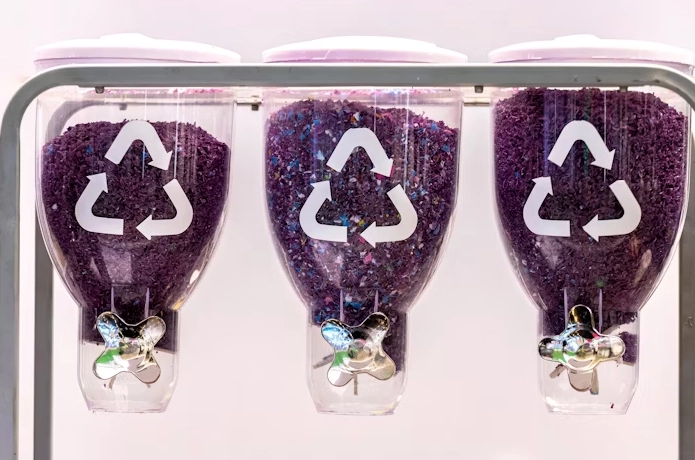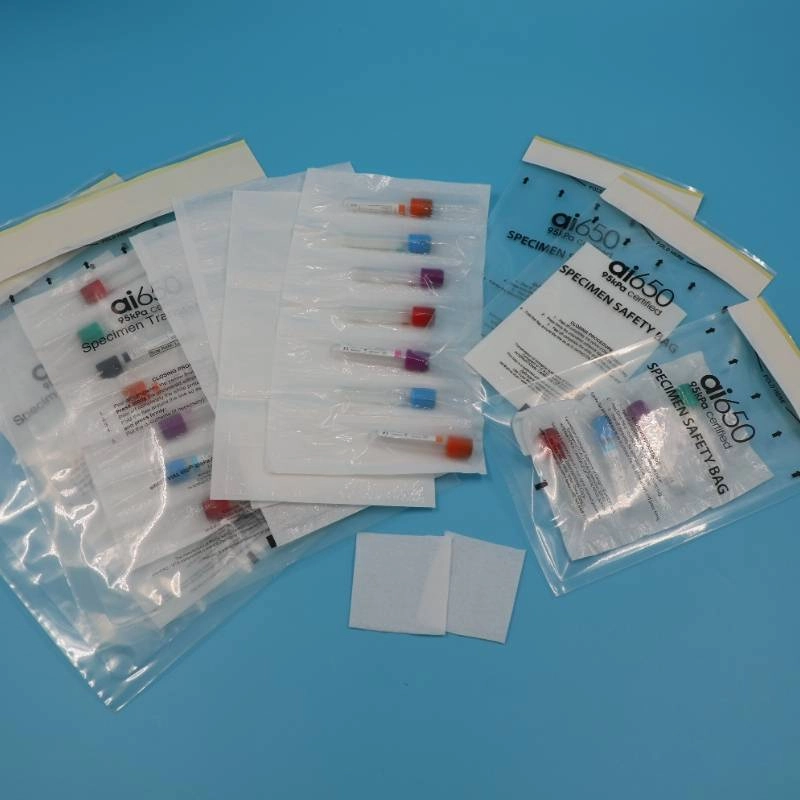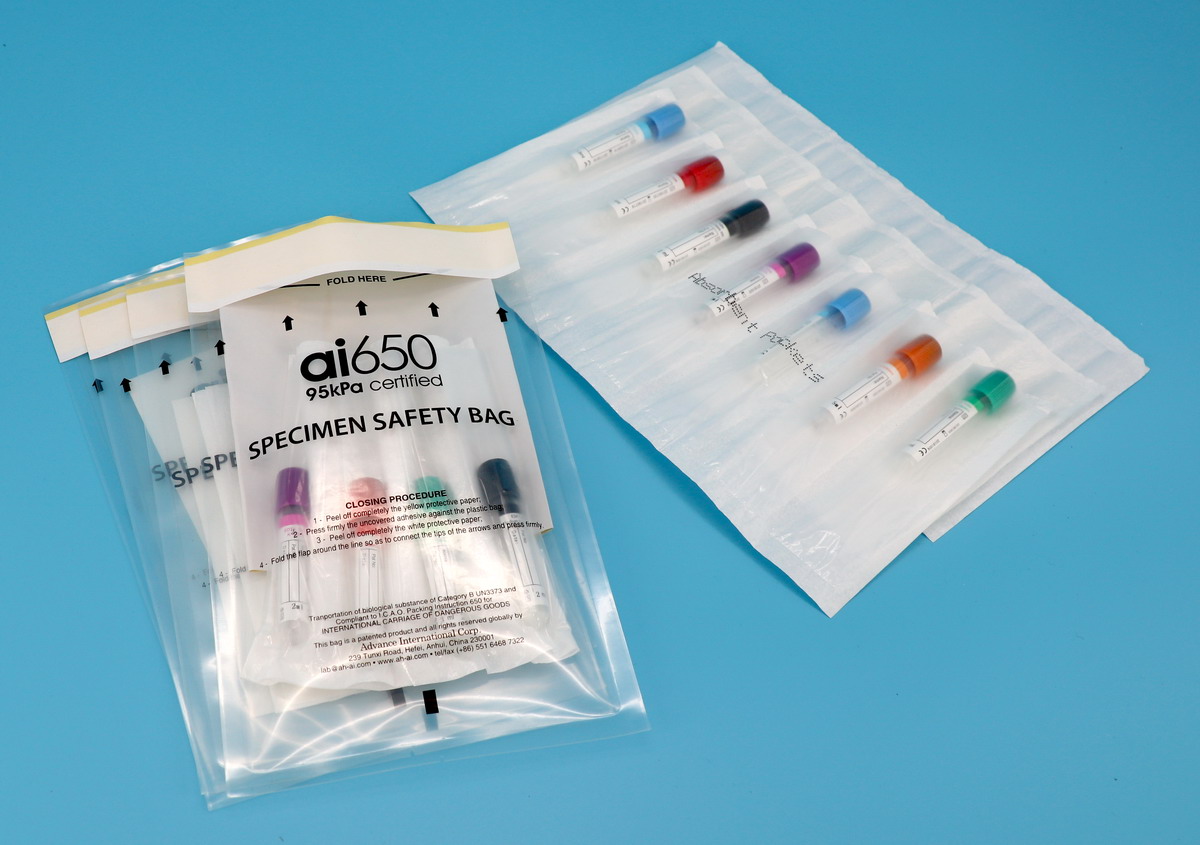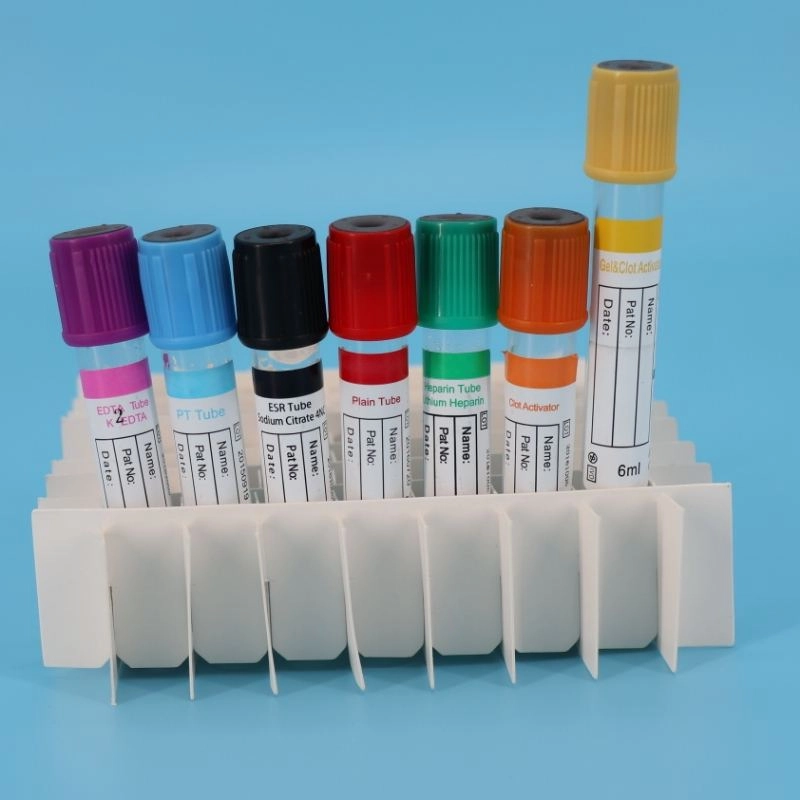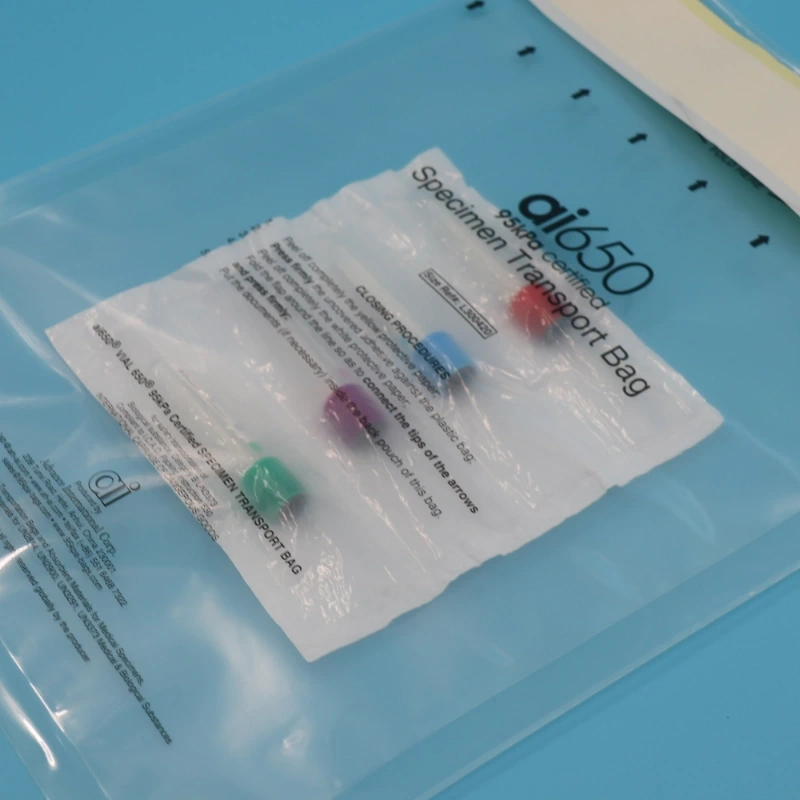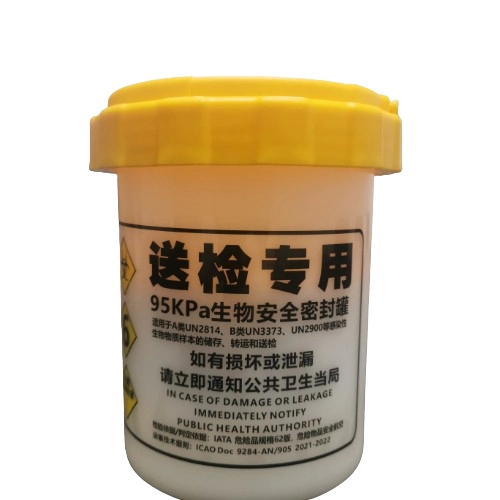When collecting and transporting urine samples, proper handling is crucial for safety and compliance with medical regulations. A common question is: Does a urine sample need to be placed in a biohazard bag? The answer depends on the situation.
When Is a Biohazard Bag Required for Urine Samples?
According to OSHA (Occupational Safety and Health Administration) and CDC (Centers for Disease Control and Prevention) guidelines:
✅ Biohazard bags are required if:
The urine sample is known or suspected to contain infectious pathogens (e.g., HIV, hepatitis B/C, tuberculosis, or other bloodborne pathogens).
The sample is being transported outside a controlled medical environment (e.g., sent to a lab via courier).
The collection container is leak-prone (e.g., not a sealed, sterile cup).
✅ Best Practice: Even if not mandatory, using a biohazard bag for all urine samples minimizes contamination risks.
When Is a Biohazard Bag Not Necessary?
❌ A biohazard bag may not be needed if:
- The urine sample is from a healthy individual with no known infections.
- The sample is collected and tested in the same facility without external transport.
- The container is secure, leak-proof, and properly labeled.
How to Properly Package a Urine Sample
If a biohazard bag is required, follow these steps:
- Seal the sample container tightly.
- Place it in a secondary leak-proof biohazard bag (usually red or labeled with a biohazard symbol).
- Add absorbent material (e.g., paper towel) inside the bag in case of spills.
- Label the bag with patient information and any hazard warnings.
Regulations to Consider
- OSHA’s Bloodborne Pathogens Standard (29 CFR 1910.1030) – Requires biohazard containment for potentially infectious materials.
- DOT (Department of Transportation) Guidelines – Mandate secure packaging for medical waste transport.
- CLIA (Clinical Laboratory Improvement Amendments) – Sets standards for lab sample handling.
While not all urine samples require a biohazard bag, it’s safest to use one whenever there’s uncertainty. Proper handling prevents contamination and ensures compliance with health regulations.
Do you handle urine samples in your workplace? Share your protocols in the comments







